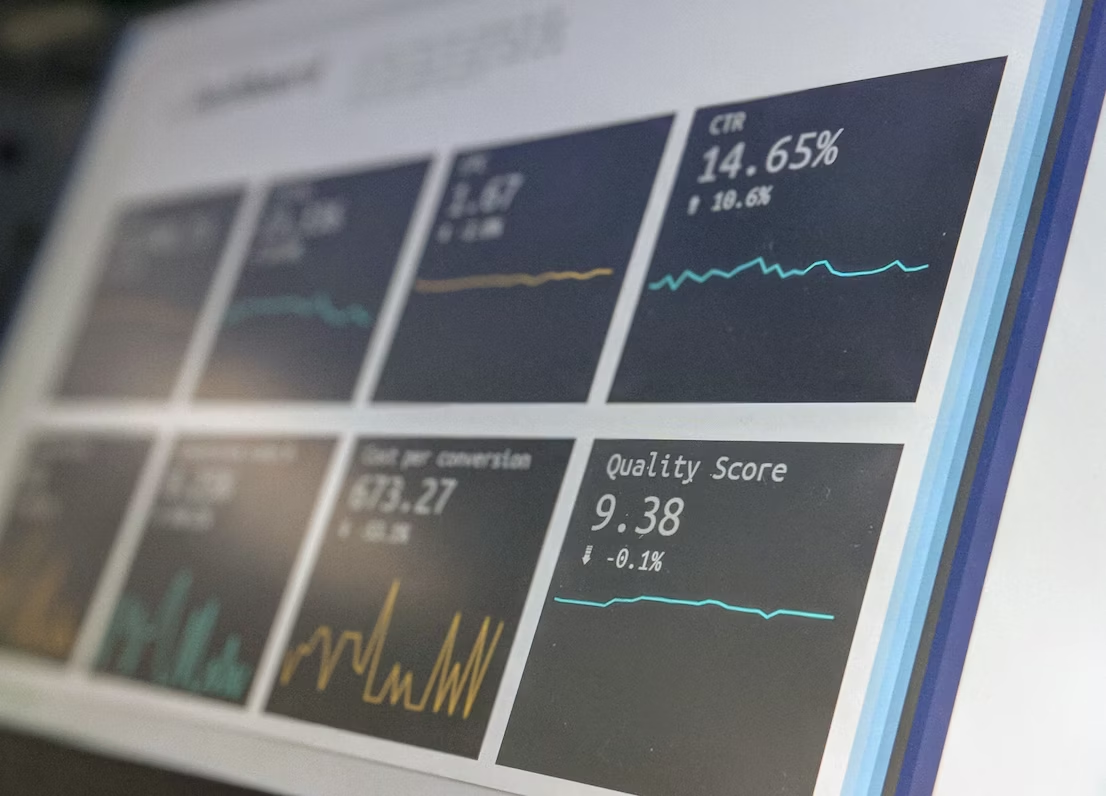As we inch closer to the heart of the 2020s, the realms of theater and digital innovation are converging like never before. Here's a glimpse into the digital trends set to shape theater in 2024:
1. Assess the Rise of Interactive Performances through Digital Platforms
Digital Platforms: A New Stage
The magic of theater lies in its ability to immerse an audience in a different world. But what if the stage was not just in front of you, but all around you? Enter interactive theater performances on digital platforms.
Innovative platforms like Zoom, or and interactive apps have opened up a world where theater is no longer confined to a physical stage. Attendees can become an active part of the performance, interacting with the cast and influencing the direction of the narrative. It's like stepping into the show!
The Challenges and Triumphs
Of course, this digital stage comes with its own set of challenges. Maintaining the seamless flow of a performance with audience interaction can be tricky. But when done right, it creates an engaging and memorable experience for the audience.
Moreover, digital platforms have allowed theater to reach a global audience. No matter where you are in the world, you can be part of the magic.
The Encore
Interactive performances on digital platforms have redefined the theater experience, making it more accessible and immersive. It's safe to say that this trend is here to stay and will continue to shape the future of theater.
And there you have it, the final act in our exploration of the 5 digital trends in theater for 2024. The world of theater is evolving, and these trends showcase the exciting possibilities that lie ahead. Curtain down, but the show goes on!
2. Virtual Reality in Theater: A New Dimension
Imagine watching a play, not from the comfort of your seat, but from within the story itself. Virtual Reality (VR) is ready to take center stage, bringing an entirely new dimension to theater viewing.
The premise is simple yet revolutionary. Using VR headsets like, you can be 'transported' into the play. You become a silent observer, moving amidst the actors, experiencing the drama up close.
Here's why this trend is creating all the right noises:
- Immersive: VR blurs the line between fiction and reality. You're not just watching the play; you're living it.
- Interactive: Some productions are even experimenting with interactive narratives, where the story changes based on your decisions.
- Inclusive: No matter where you are in the world, if you have a VR headset, you can join the performance.
But don't get too comfortable just yet—there are a few challenges. High costs of VR equipment and the need for high-speed internet can make it a pricey affair. Plus, there's the question of "motion sickness" that some users report.
However, with tech giants like Google and Facebook investing heavily in VR, these hurdles are poised to become a thing of the past.
So, are you ready to step into the world of virtual reality theater?
3. Augmented Reality: Enhancing the Audience Experience
After taking a virtual leap with VR, let's stay in the realm of the 'almost-real' and talk about the second trend in our list - Augmented Reality (AR).
AR, like its cousin VR, provides an immersive experience. However, instead of transporting you into a completely digital world, it enhances the real world with digital elements. Think Pokemon Go, but for theater.
Imagine sitting in the theater, smartphone in hand, and as the play progresses, your screen comes alive with additional information, backstories, or even a digital rendition of the set. Sounds exciting, doesn't it?
Here's what makes AR a trend to watch out for:
- Engaging: By adding a layer of digital interaction, AR can make theater more engaging and fun, particularly for the smartphone savvy generation.
- Accessible: Unlike VR, AR doesn't require expensive equipment. A smartphone and the right app are all you need.
- Creative: AR opens up new avenues for storytelling. Directors can use it to add depth to their narrative or to create a unique aesthetic.
Of course, AR comes with its own set of challenges. For one, it requires the audience to constantly switch their attention between the stage and their devices. Also, ensuring a seamless and glitch-free AR experience requires strong technical support and high-quality digital content.
Despite these challenges, AR's potential to enhance the audience experience makes it a worthy addition to our list of "5 digital trends in theater for 2024".
So next time you go to the theater, don't forget your smartphone. You never know when you might need an AR boost!
4. 3D Projection Mapping: Transforming Stage Design
Imagine sitting in a theater and watching the stage transform from a bustling city street to a tranquil forest in the blink of an eye. Sounds like magic, doesn't it? Well, in a way, it is. This is the magic of 3D Projection Mapping, another trend on the list.
3D Projection Mapping uses advanced technology to project images onto irregularly shaped objects or surfaces. In the context of theater, it can turn a simple stage into virtually any setting, bringing plays to life in a way that traditional set design simply can't match.
Here are few reasons why 3D Projection Mapping is shaping the future of stage design:
- Versatility: With 3D Projection Mapping, the stage can transform into any location, real or imagined, within seconds. It offers a level of versatility that traditional sets can't compete with.
- Immersive: By creating realistic and detailed settings, 3D Projection Mapping can enhance the audience's immersion in the play.
- Cost-Effective: Although the initial setup cost can be high, in the long run, 3D Projection Mapping can be more cost-effective than building and storing physical sets.
However, like any technology, 3D Projection Mapping is not without its challenges. It requires technical know-how and precise calibration to ensure the projections align correctly with the stage. Despite this, the ability of 3D Projection Mapping to transport audiences to different worlds makes it an exciting trend in the "5 digital trends in theater for 2024" list.
So next time you're at a play, don't be surprised if the stage comes alive in ways you've never seen before. That's just the magic of 3D Projection Mapping at work!
5. Green Technology: Sustainable Practices in Theater Production
Cue the spotlight on Green Technology, the final act in our "5 digital trends in theater for 2024" saga. This trend is not just about reducing carbon footprints. It's about transforming the theater industry into a protagonist of sustainability.
If you think theater and sustainability are an odd couple, think again. Here’s a sneak peek into how green technology is redefining theater production:
- Eco-friendly Stage Design: The trend is moving towards using recycled and sustainable materials for stage design. It's like the theater version of a thrift store makeover, and the results are stunning.
- Energy Efficient Lighting and Sound: LED lights, solar panels, and energy-efficient sound systems are becoming the stars of the show. They're reducing energy use without dimming the theater magic.
- Digital Scripts and Tickets: Paperless is becoming the new normal in theaters. It's out with the old paper scripts and tickets, and in with digital versions. It's a small change, but it’s making a big difference.
- Sustainable Transportation: Some theaters are offering carbon offset programs for theatergoers who travel by car. It's a green carpet welcome for sustainable transportation.
Green Technology is not just a trend in our list. It's a movement, a commitment to making a positive impact on our planet. It's a standing ovation to sustainability, a love letter to our environment, delivered from the heart of the theater industry.
In Conclusion
The theater of 2024 will be a fascinating fusion of age-old artistry and cutting-edge technology. While digital trends will undoubtedly influence its evolution, the core essence of theater, its ability to tell stories and evoke emotions, will remain untouched and unchallenged. It's a brave new world, but the spotlight will always favor authenticity.









